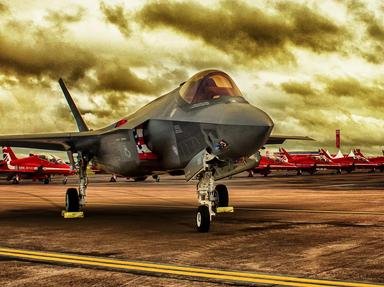Quiz Answer Key and Fun Facts
1. Broadly speaking, the sovereign's awards to members of the armed forces fall within how many categories?
2. A 'Bar' is an additional award that may be presented in recognition of further achievement to someone that may already hold an award. You may have seen that a certain person is the holder of a 'George Cross and Bar'. Have there ever been any instances where a holder of a 'Victoria Cross' has been awarded a bar to this decoration?
3. At which of the following venues might you go if you were being presented with the Victoria Cross, the George Cross, the Distinguished Service Order or the Distinguished Flying Cross?
4. Many years ago whilst serving in BAOR, I attended a commando training course held by the French Army and, on completion, was awarded a commando qualification badge. Would I have been permitted to wear this non-UK qualification badge on my uniform whilst in parade dress when serving?
5. For which of the following offences might a soldier be required to forfeit his campaign and commemorative medals and clasps?
6. Of the following awards, which would be presented by the British military for acts of operational gallantry at sea?
7. The DSO, or Distinguished Service Order, is the only decoration that can be awarded posthumously.
8. After fifteen years service a soldier may become eligible, under certain criteria, for the presentation of which award from the following?
9. There are a small number of civilian awards for gallantry that may be awarded to members of the armed services. Once authority has been granted for the serviceman to wear the ribbon whilst in uniform, where must this ribbon be worn?
10. In most circumstances, at what stage is the recipient of an award permitted to wear its ribbon upon his or her uniform?
Source: Author
SisterSeagull
This quiz was reviewed by FunTrivia editor
trident before going online.
Any errors found in FunTrivia content are routinely corrected through our feedback system.

